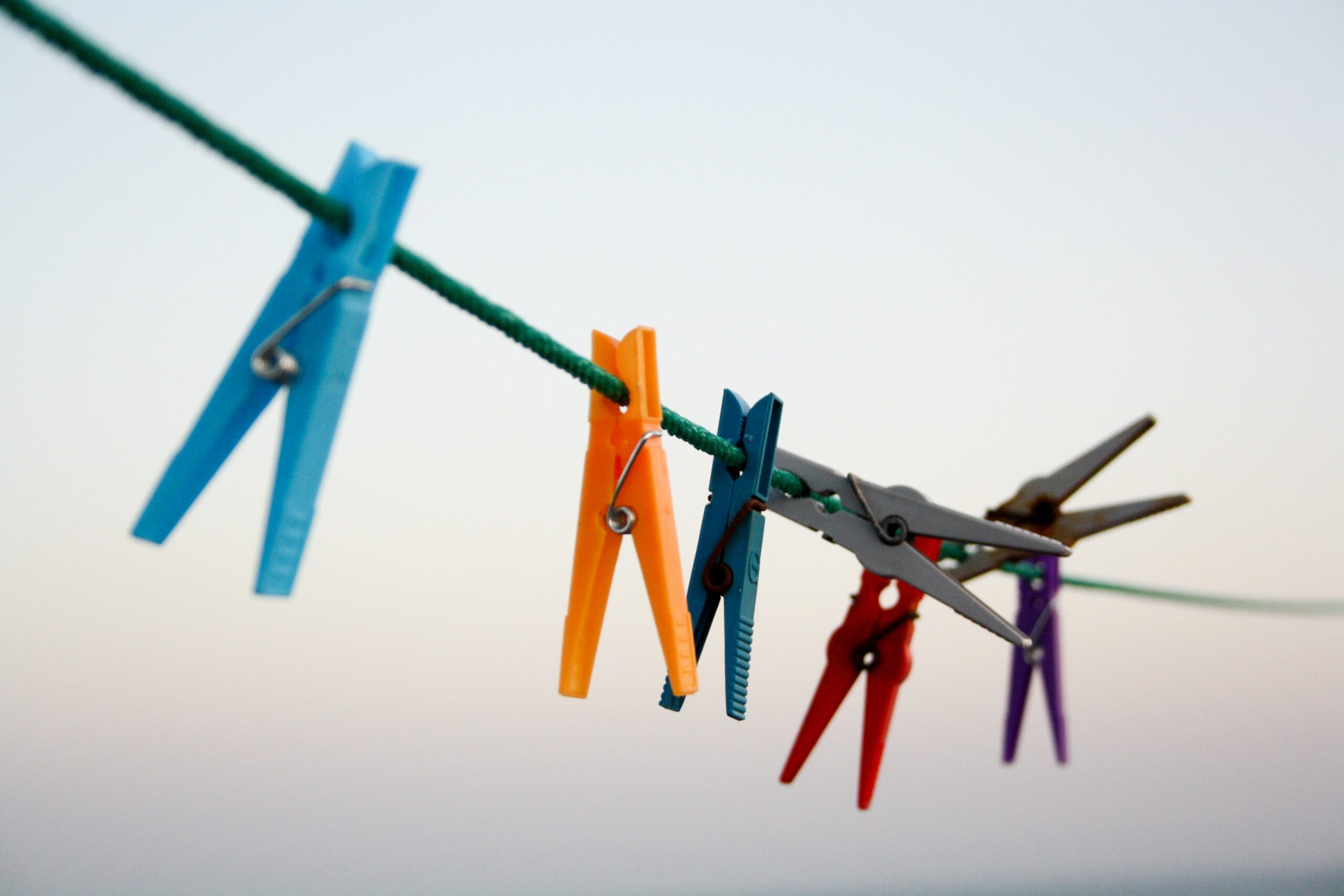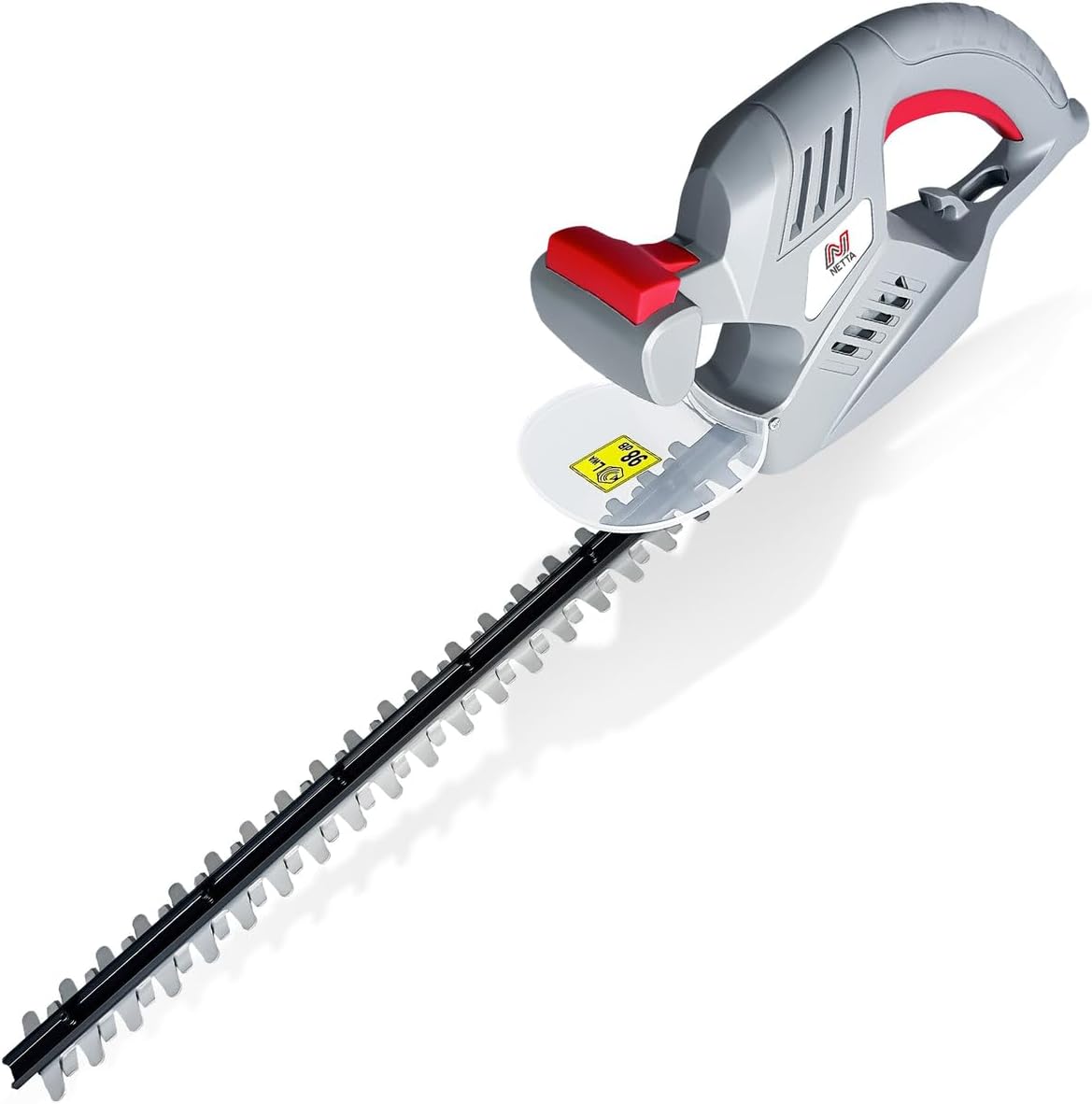
If you have a dirty timber deck that is in desperate need of some sprucing up, you’re in the right place! Cleaning a dirty timber deck may seem like a daunting task at first, but with a few simple steps, you’ll have your deck looking fresh and inviting in no time. From removing debris to tackling stubborn stains, this article will provide you with all the tips and tricks you need to know to restore your timber deck to its former glory. So grab your cleaning supplies, put on your gloves, and let’s get started on transforming your deck into an outdoor oasis!

Preparation
Before you begin the process of cleaning your dirty timber deck, there are a few steps you need to take to prepare. First, inspect the deck for any signs of damage such as loose boards or nails. If you come across any issues, make the necessary repairs before starting the cleaning process. This will ensure that your deck is not only clean but also safe for use.
Next, remove any furniture or items that may be on the deck. This will give you ample space to work and prevent any damage to your belongings. Additionally, by removing items, you can easily access all areas of the deck, making the cleaning process more efficient.
Finally, sweep the entire deck surface to remove any loose dirt, leaves, or debris. This step will make it easier to clean the deck and prevent any debris from spreading during the cleaning process.
Choosing the Right Cleaning Solution
To effectively clean your timber deck, it’s important to choose the right cleaning solution. The first consideration when selecting a cleaning solution is the material of your deck. Different deck materials require different cleaning methods, so be sure to determine if your deck is made of wood, composite, or another material.
If possible, opt for eco-friendly cleaning solutions. This is not only beneficial for the environment but also for the health of your plants, pets, and family. There are several eco-friendly deck cleaners available on the market that are just as effective as traditional cleaners.
Once you have determined the deck material and considered eco-friendly options, select the appropriate cleaning solution. There are various deck cleaners available, ranging from general-purpose cleaners to stain-specific ones. Consider the condition of your deck and any specific stains or issues you need to address when choosing the cleaning solution.
Gathering the Necessary Tools
Before you begin cleaning your deck, gather all the necessary tools to ensure a smooth and efficient process. First and foremost, make sure to wear protective gear such as gloves, safety goggles, and a mask to protect yourself from the cleaning solution and any potential debris.
Next, have a scrub brush or broom on hand to scrub away stubborn stains and dirt. Depending on the height of your deck, you may also need a ladder or step stool to reach higher areas.
Additionally, consider using a pressure washer if you have one available. While not essential, a pressure washer can make the cleaning process quicker and more thorough. However, be careful when using a pressure washer, as too much pressure can damage the wood.
Removing Stubborn Stains
Stubborn stains on your timber deck can be unsightly and difficult to remove. However, with the right approach, you can effectively eliminate them. The first step in removing stubborn stains is identifying the type of stain. Common stains include grease, oil, rust, and food stains.
Once you have identified the stain, use a specialized stain remover designed to tackle that specific type of stain. These stain removers are formulated to break down the stain and make it easier to remove.
Apply the stain remover to the affected area and scrub gently with a brush. Be sure to follow the instructions on the stain remover product for the best results. After scrubbing, rinse the area thoroughly with water to remove any residue.
Remember, some stains may require multiple applications of the stain remover or additional scrubbing. Be patient and persistent, and you’ll be able to remove even the most stubborn stains from your timber deck.

Cleaning the Deck Surface
Now that you have dealt with any stubborn stains, it’s time to clean the entire deck surface. Start by wetting the deck with water. This will help loosen any dirt and debris, making it easier to clean.
Next, apply the cleaning solution to the deck surface. Be sure to follow the instructions on the cleaning solution product for the proper dilution and application method. Use a scrub brush or broom to scrub the deck surface, paying extra attention to high-traffic areas and any spots that require additional cleaning.
After scrubbing the deck surface, rinse it thoroughly with water. This step is crucial to remove any remaining cleaning solution and dirt. Use a hose or a bucket of water to rinse off the deck, ensuring that all areas are covered.
Cleaning Between the Deck Boards
Cleaning between the deck boards is an often-overlooked step, but it is essential for a thorough cleaning. Over time, debris can accumulate between the boards, which can lead to moisture buildup and potential damage to the deck.
To clean between the deck boards, start by removing any surface debris such as leaves or dirt. Use a broom or brush to sweep away the loose debris. Then, take a putty knife or screwdriver and gently scrape the gaps, removing any stubborn dirt or debris that may be stuck.
Once you have cleared the gaps of surface debris, scrub the gaps with a brush. This will help remove any remaining dirt or grime that may have accumulated. Be sure to rinse the gaps thoroughly with water to remove any residual cleaning solution or loosened debris.
Dealing with Mold and Mildew
Mold and mildew can be a common problem on timber decks, especially in areas with high humidity or frequent rain. It’s important to address mold and mildew promptly, as they can cause discoloration and compromise the structural integrity of the deck.
To deal with mold and mildew, start by identifying the affected areas. Mold and mildew often appear as dark or black spots on the deck surface. Once identified, mix a solution of bleach and water in a ratio recommended by the bleach product.
Apply the bleach solution to the affected areas, making sure to wear protective gear and follow safety precautions. Allow the solution to sit for a few minutes to kill the mold and mildew. Then, scrub the deck with a brush to remove any remaining residue.
After scrubbing, rinse the deck thoroughly with water to remove the bleach solution and eliminate any traces of mold or mildew. Make sure to ventilate the area properly while dealing with bleach to avoid inhaling the fumes.
Rinsing and Drying the Deck
After you have completed the cleaning process, it’s important to thoroughly rinse the deck with water. This step ensures that all cleaning solution, dirt, and debris are completely removed from the surface. Use a hose or a bucket of water to rinse off the deck, paying attention to all areas and corners.
Once the deck has been rinsed, allow it to dry completely before using it again. Moisture can damage the timber and promote mold or mildew growth, so it’s crucial to give the deck ample time to dry. Depending on the weather conditions, this may take a few hours or up to a day.
Sealing or Staining the Deck
Once your timber deck is clean and dry, you may consider sealing or staining it to protect the wood and enhance its appearance. This step is particularly important for wooden decks, as it helps prevent water damage, UV rays, and general wear and tear.
Evaluate your deck to determine if it needs sealing or staining. A good way to test is to sprinkle water on the deck surface. If the water beads up, the deck likely doesn’t need sealing yet. However, if the water is absorbed into the wood, it’s time to seal or stain your deck.
Choose the appropriate products for your deck material and desired finish. There are various sealants and stains available, so be sure to select one that suits your specific needs. Follow the instructions on the product for proper application and drying times.
Prepare the deck surface by cleaning it one last time, making sure there is no dust or debris. Apply the sealer or stain evenly, using a brush or roller. Allow the product to dry completely before allowing any foot traffic on the deck.
Maintaining the Clean Deck
Now that your timber deck is clean and protected, it’s important to establish a regular maintenance routine to keep it looking its best. Regularly sweep the deck to remove debris such as leaves, dirt, or fallen branches. This quick and simple task will prevent the accumulation of dirt and potential damage to the deck surface.
Periodically clean and inspect the deck to ensure it remains in good condition. Depending on your location and weather conditions, you may need to clean your deck once or twice a year. This will help prevent dirt buildup, mold, and mildew growth, as well as catch any potential issues before they escalate.
If you notice any signs of wear, such as fading or peeling of the sealer or stain, apply a fresh coat as needed. Regularly applying sealant or stain will help maintain the appearance and durability of your timber deck.
By following these steps and establishing a regular maintenance routine, you can keep your timber deck clean and inviting for years to come. Remember to always prioritize safety, use appropriate protective gear, and follow the instructions provided by the cleaning products you choose. Happy deck cleaning!
Read our Fence Post holder Review
Disclaimer: The “How-To” guides provided on this website are for general informational purposes only. While we strive to provide accurate and up-to-date information, we cannot guarantee its applicability to your specific situation or project. Every task and circumstance is unique. Always seek advice from a qualified professional or expert before starting any project. Use our guides as a reference point and not as the sole source of instruction. We do not accept any liability for damages or injuries resulting from the use of information provided in our guides.












